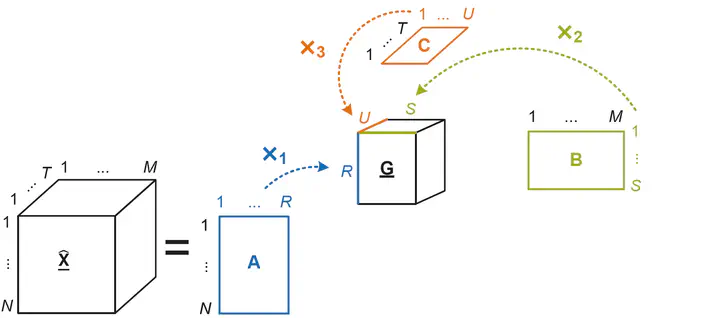Multi-way arrays

Using data-driven design methodologies in the development of prediction models, for example video quality prediction models, the data is usually represented by a two-way array or matrix. In many applications, however, the data does have a multi-way nature and in flattening the data into a two-way representation, valuable information is lost in the model building process.
A better alternative is therefore the use of multi-way data analysis methods, for example multi-way PLSR, that consider all directions of the data in the process. In my contributions, I applied this approach so far to the design of video quality metrics, avoiding the temporal pooling usually applied, resulting in an overall better prediction performance of the metrics.
Key publications: